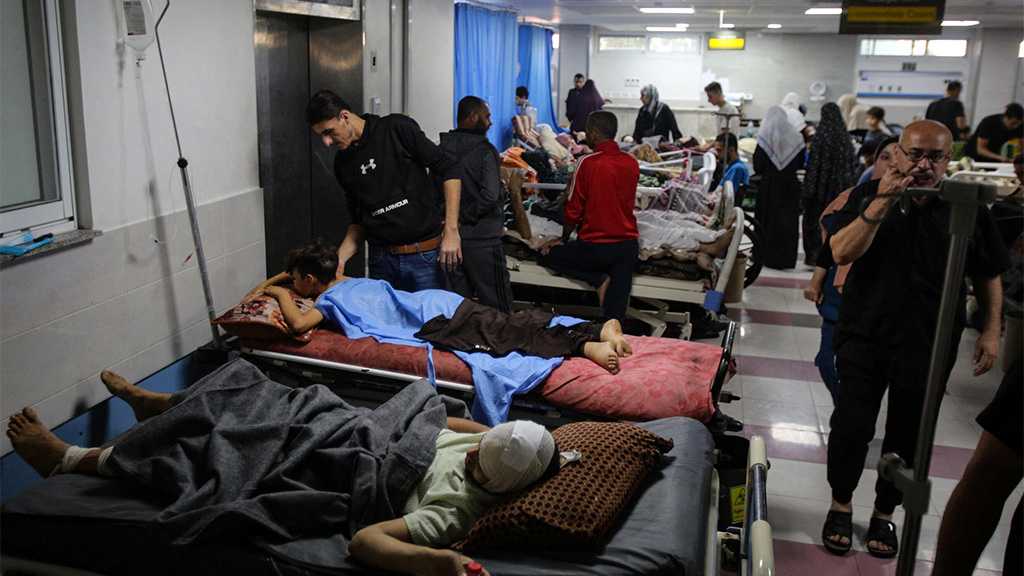
Sweden’s Schools, Restaurants Still Open Amid Covid-19

By Staff, Agencies
Spring has come to Stockholm and, despite the chilliness, the sun is out and a small crowd gathers beneath the blossoming cherry trees of Kungsträdgården, one of the most popular parks in the Swedish capital.
Teenagers grin and take selfies. In the nearby cafes, people are bowed over laptops. Others drink coffee outside with friends and discuss Easter holiday plans. There is an air of calm and normality... in stark contrast to the panic sweeping the rest of Europe with the spread of Covid-19.
Sweden’s approach thus far has been laissez-faire in comparison even with Nordic neighbors such as Denmark, which has restricted meetings to 10 or fewer people and ordered the closure of most public spaces. It's also closed its borders to all but essential travelers.
In Sweden, meanwhile, it is largely business as usual, with most schools open and meetings of up to 50 people permitted. Cafes and restaurants can remain open as long as they serve only seated customers and space out the tables.
Those over 70, or with pre-existing health conditions, have been asked to stay at home except for a daily walk. Visits to elderly care homes have been limited.
Sweden has so far reported more than 4,000 cases of the virus and over 140 deaths.
At a press conference, Sweden’s deputy state epidemiologist, Anders Wallensten, said: “Sweden’s strategy differs from that of other countries in Europe, like the UK and Germany, which have banned meetings of more than two people because several factors might be at play in different countries.”
One of the factors being taken into account is demography, since according to EU statistics more than half of Swedish households are made up of just one person, which could affect the infection rate.
This leaves populations who don’t fit into this group more vulnerable than others, with more Somali Swedes dying in Sweden than any other group. In Stockholm, one of the hardest-hit areas has been Jarva, where around 90 per cent of the population comes from an immigrant background. Authorities believe this was because the guidelines were not published in Somali and swiftly rectified it.
Comments
- Related News



